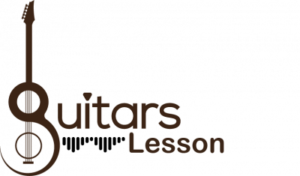July 16, 2024
How to dial best guitar tone in your pedalboard & multi fx processor
How to dial best guitar tone in your pedalboard & multi fx processor
Achieving the perfect guitar tone can be a long and tedious process, especially when working with a pedalboard and multi FX processor. It often takes years of experimentation and tweaking to find the right combination of effects and settings that will give you the sound you desire. This can be frustrating, but with patience and […]
